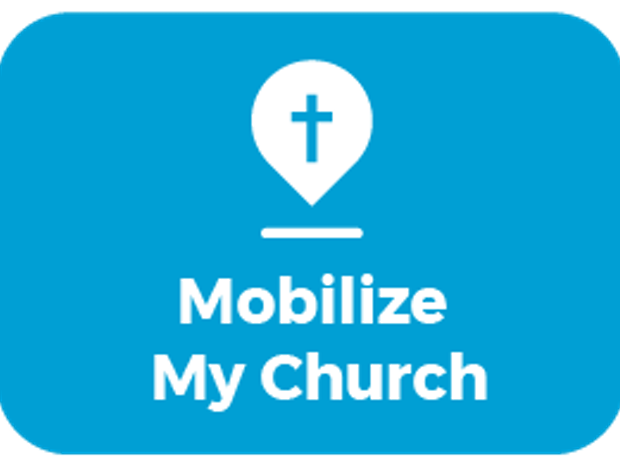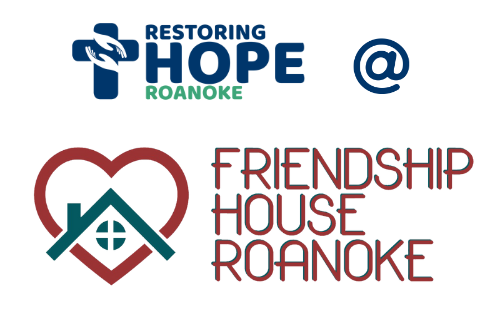Mobilize My Church
“The Spirit of the Lord is upon me,
because he has anointed me
to proclaim good news to the poor.
He has sent me to proclaim liberty to the captives
and recovering of sight to the blind,
to set at liberty those who are oppressed,
to proclaim the year of the Lord’s favor.” Luke 4:18-19 ESV
When Jesus began his ministry here among men, he started it declaring that he fulfilled these words of the prophet Isaiah. He came to PROCLAIM good news to the poor, give liberty to the captive and oppressed, give sight to the blind, and proclaim God’s favor. Through his life and teaching, through the God-breathed words of the apostles, and throughout the history of the Old Testament, we know that God has called us to do the same, both individually and corporately.
But how does the church do this? It’s easy to help the poor materially – write a check, collect food or clothing. But how do we actively proclaim the good news and liberty in a way that is glorifying to God, and life changing?

Our friends at the Chalmers Center in Chattanooga have worked hard in collaboration with Think-Tank Inc and Umoja to create on online course and set of materials designed to move the church into the community in a way that brings restored relationships with God, self, others, and creation. Any church or coalition of churches can easily follow the six phases outlined in Mobilize My Church to discover their own assets as a church, and to discover and network with the assets of individuals and institutions in their community.
Interspersed with videos, Bible studies, and cases, Mobilize My Church offers a thorough yet simple guide to help the local church be light in their community using the assets they have paired with the assets within the community. Key to starting is having a church leadership on board, and forming a core team which will organize and lead activities.
The first big task is to map your church. This involves a fun time together looking back at the history of the church, its success and struggles. This is followed by a separate gather of congregants to explore what assets the church as a body and they individually have to help restore relationships to God, self, others, and creation. Perhaps the church already has a recovery group like Celebrate Recovery where more neighbors could participate. Perhaps an individual in the church has a lot of experience with special needs children and could see themselves starting a special needs night out for area families.
One outcome of the church asset mapping is the identification of congregants who want to be more involved by helping to building relationships with persons in the community. These allies, as they are called, are trained in poverty alleviation using materials such as When Helping Hurts: The Small Group Experience and a shorter session, Equipping Allies, provided within the course. (We use the second to train our Jobs for Life champions and highly recommend it!)
Once a church has a clear picture of what they offer, the next step is to learn from the community. This is perhaps the most involved step and will require more time and manpower. Mobilize My Church provides a good amount of background information on this step. First you will modify a capacity inventory to suit your community and purposes. Then you deliver the capacity inventory to the community by going out in pairs to meet people, learn the community history, and learn what institutions and resources already exist. This is not a study where you are gathering data, but an opportunity to meet people who you will continue to connect with as you build a stronger relationship with the community. You’ll get a chance to invite many of these folks to a gathering with your church to discuss what you learned, put that with the assets the church can offer, and create a vision for a new, or remade, ministry. No longer is the church doing for the community, but now you are working with them to see lasting change and restored relationships with God, self, and others.
At this point it is up to the core team, plus chosen community members, to create a written plan of the vision built through a lot of prayer and hard work. This plan is then presented to the church leadership, the congregation, the allies, and the community. No plan of action can be successful in the long-term without careful monitoring and evaluation over time. Mobilize My Church gives you tools for these important steps in the sixth and final phase.
Should your church decide to use the materials in Mobilize My Church, you should allow six months to two years for completion. Remember, change doesn’t come overnight! The course has different costs depending on whether you want to do it yourself, receive private coaching from Think-Tank Inc, or participate in interactive web events from Think-Tank Inc.
Last spring, we reviewed a free course from Redeemer City-to-City, A Guide To Gospel Neighboring, which follows much the same plan but in a shorter format with less detail.
We at Restoring Hope Roanoke are available to help your church walk through these steps as well. We can provide much of the leadership and training for your core team, help you clearly identify your community, and provide additional networking around the Roanoke Valley. Contact us if you’d like to discuss this more with us!
